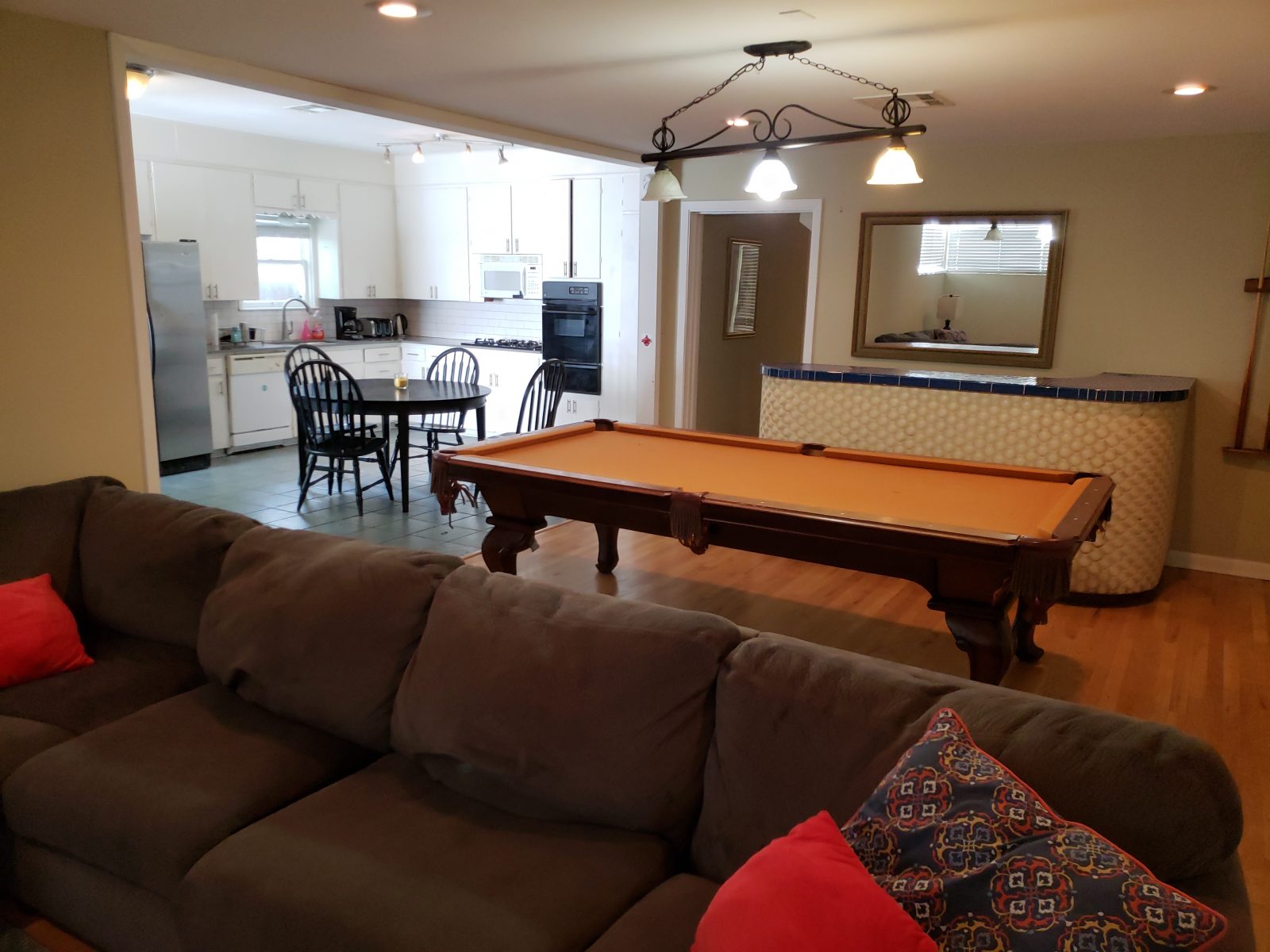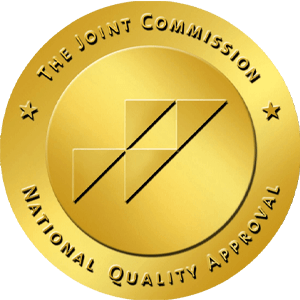What is Sober Living?
Sometimes known as a halfway house, sober home living facilities act as a bridge between the in-patient care facility and going back to the real world. These facilities are designed to assist individuals to learn how to function again in society by participating in various responsible tasks, such as paying bills, household chores, meetings, and participating in events and activities that are drug-free.

Before leaving the drug/alcohol rehab, physicians, mental health professionals, and the client will discuss the rehabilitation and recovery afttercare process. For many who suffers from drug/alcohol addiction, going straight from the in-patient care to the real world is not a good idea. Life issues may arise that may be too challenging to the recovering addict. And as a result, the newly, drug/alcohol-free person can easily return to his/her old ways. So, physicians and mental health experts will usually inform the patient about aftercare at a sober home especially since the recovering addict will stay in the drug/alcohol rehab for only a short period. And if the person has been on drugs/alcohol for a long time, it may be in his/her best interest to get involved in this type of facility to have a better chance in recovering. The Benefits of Sober Home Living
While these types of facilities can be very helpful, these organizations don’t have the same structure level as an in-patient facility. These facilities, however, have curfews, household chores, and other obligations. When living at these facilities, clients will adjust to normal life through accountability, therapy, and support.
Having said this, the following includes the benefits of sober living:
- They are a peaceful, warm, and stable living environment.
- They are completely free from harmful influences.
- There is usually a house manager of staff who works and lives on-site to assist the residents and run operations.
- There are usually other healthy activities, depending on the type of facility. These activities can include yoga, hiking, mindfulness, or meditation programs.
- Group counseling and individual therapy are required. An example of group counseling is the 12-step sponsorship programs.
- These homes have strict rules which are a good thing. Recovering addicts must get used to following strict guidelines. They typically have random drug testing.
- No overnight guests are allowed.
- There must be sobriety for the entire stay.
How to Choose a Sober Facility?

One main thing to do is that the loved ones of recovering addicts must choose a sober home facility that is a safe residing place. When families are choosing a facility for their spouse, their child, or a relative, it must be a safe living environment that is favorable for their recovery. There must be supportive people going through and went through similar issues of substance abuse. There must also be professionals to guide them. The following includes more details in choosing a facility:
- Structure
It’s imperative to investigate how structuralized these facilities are. Even if some of these programs have the loftiest amenities and perks, they don’t necessarily provide the top-notch structure needed to ensure the clients have the best tools and gain the most strength to be healed and recover holistically.
Having said this, top-notch facilities enforce a zero-tolerance policy toward alcohol and drugs by them establishing random drug tests, regular house check-ins, and a curfew. Clients should always feel comfortable asking team members how they maintain schedules for residents. Every program has its own distinctive routine on an individual and collective scale.
A collective routine for a community can range from assigning chores around the house to group activities. When it comes to an individual scale, many communities assist residents in working toward keeping a schedule that encourages recovery, like attending therapy and a twelve-step program regularly. With this schedule, the client can thrive at school, work- at life!
- Safety
The neighborhood where the sober home living facility is located, may also have an effect on your decision. Along with your family member staying sober, you want to know that they’re safe at the facility. A house should ensure the safety of residents and have some form of security. Safety within the house is also important. Your family member may need medication management, or you may want to know about specific risk-reduction and plans in case of emergencies. You can always ask the people in charge of a sober living about any of the above and feel that your questions are fully answered.
- Team
Meeting the staff in charge of these facilities will also give a great impact in deciding whether this program is the right choice for the loved one. As previously stated, all places don’t have the same staff structure. Some may have inexperienced team members in handling clients who have a dual-diagnosis. Some communities have a clinical nurse. So, in choosing a high-quality program, clients/their loved ones should consider one with good clinical support, strong administration, and some experienced team members. These team members should be experienced in handling many situations, such as having different personalities under one roof, and remaining calm and diplomatic when handling conflicts and tough situations.
Also, there should be some experienced team members with experience in the 12-steps program. These members will understand the addict’s mindset and are helpful in assisting clients with their struggles, and in sharing their own experiences that continually helped them on their successful sobriety path.
- Community and Culture

There are a different community and culture in every sober home that is based on its residents and staff. A facility with all-female or all-male is highly recommended. However, there are also co-ed facilities available in most cities. Nevertheless, the sober house should foster cooperation, friendship, and unity between residents. A program with regular group meetings provides residents the opportunity to discuss issues in the house and to constructively and openly speak about their feelings to promote a positive environment. The goal here is to assist residents to adjust to this new lifestyle and to let them know that they are not alone in their recovery process. Conclusion
Many times, it is best for people suffering from substance abuse to get aftercare once they complete drug/alcohol rehab. This fact is especially true for those who have been experiencing substance abuse for a long time. Getting involved in a safe and effective sober living community is the way to go.
With these types of facilities, there are various benefits. The most costly ones don’t necessarily mean they are the best ones. And thus, it’s imperative that these facilities meet the qualifications mentioned above to ensure great success in recovery.




